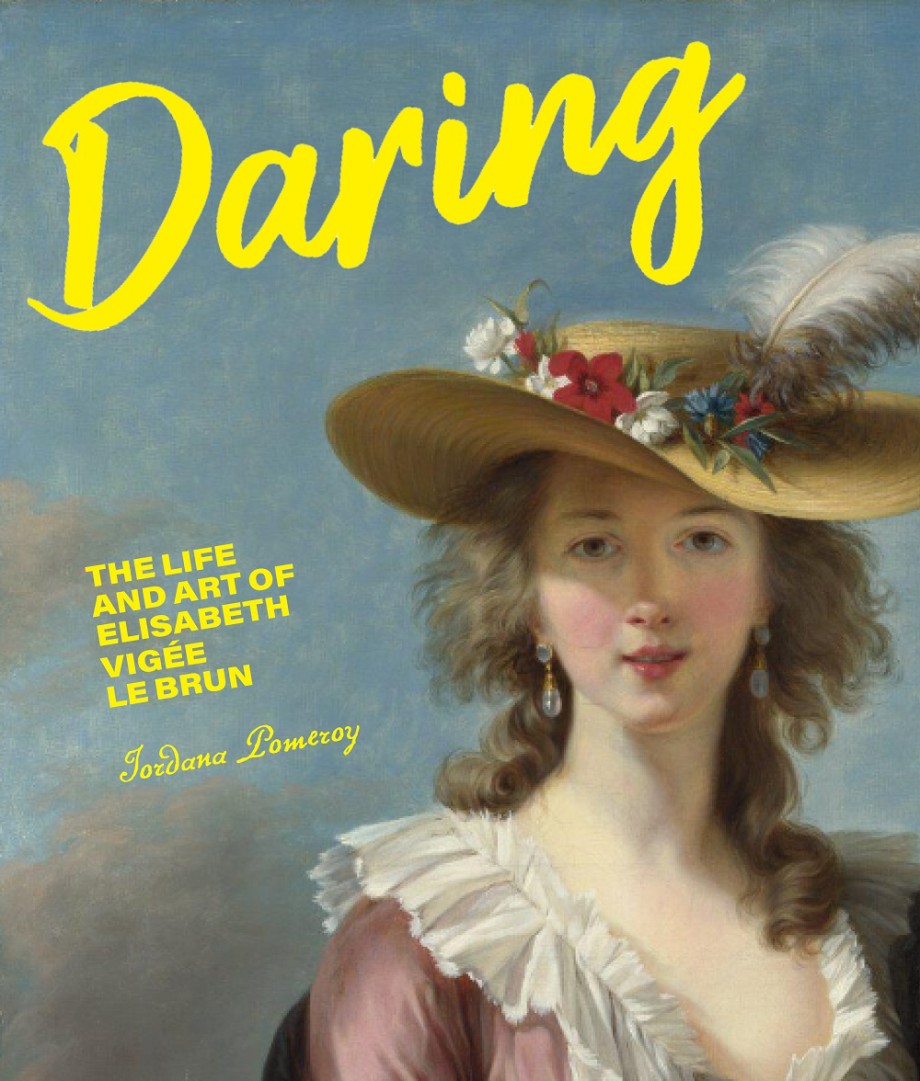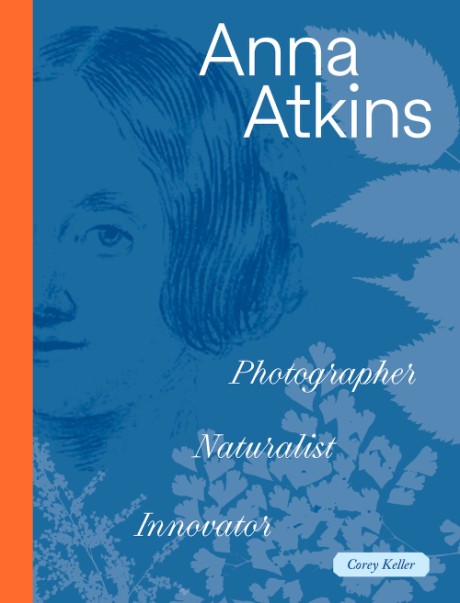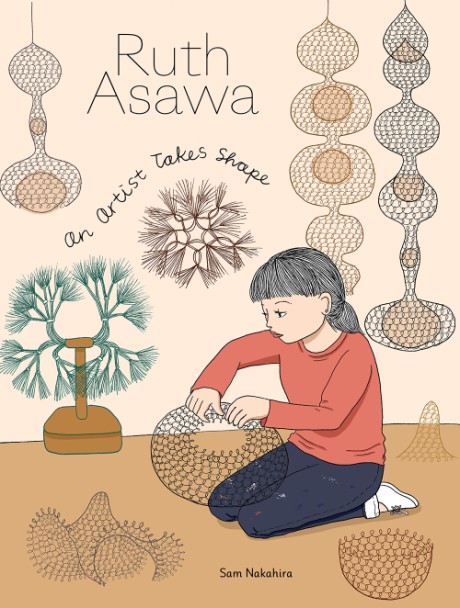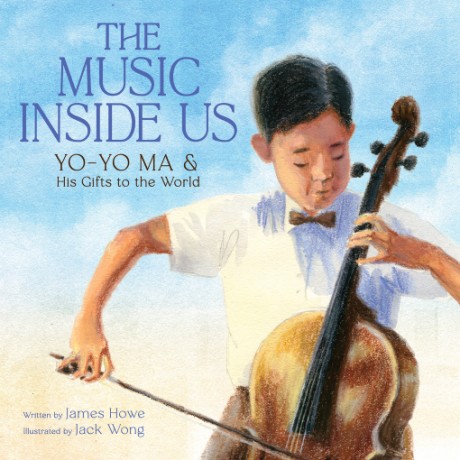The dramatic life story of Élisabeth Vigée Le Brun, one of the greatest portrait painters of all time
Supremely talented and strategically charming, Élisabeth Vigée Le Brun (1755–1842) overcame tragedy and broke gender barriers to reach the height of success as a portrait painter, first in Paris, and then across Europe.
After losing her father at age twelve and facing financial insecurity, she fought to gain access to artistic training and opportunity. She was coerced into marriage at age twenty, to an art dealer who both helped and harmed her career. Vigée Le Brun deployed her intelligence and beauty to attract powerful clients, who relied on her to style the personal identities they projected to the world.
Vigée Le Brun's salons were the talk of Paris, and she became court painter to Marie Antoinette. Then came the French Revolution, when marginalized groups demanded change to centuries-old systems of oppression. Vigée Le Brun was forced to reexamine her alliances and run for her life, taking her young daughter but leaving her husband behind.
Making her way through the countrysides and capitals of Europe and Russia—including a stay at the imperial court of Catherine the Great—the artist conquered fear and adversity to refashion her life and her art.
Praise
"Pomeroy's eye-catching book details Vigée Le Brun’s life as well as the art, people, and locations that influenced her work."
—Booklist
"Notably, the author furnishes information on the noblewomen whose portraits Le Brun painted, helping readers answer the question, “Where were the women? Beautifully executed; a visual and narrative treat."
—Kirkus *starred review








